Effective ventilation boosts safety, productivity and sustainability
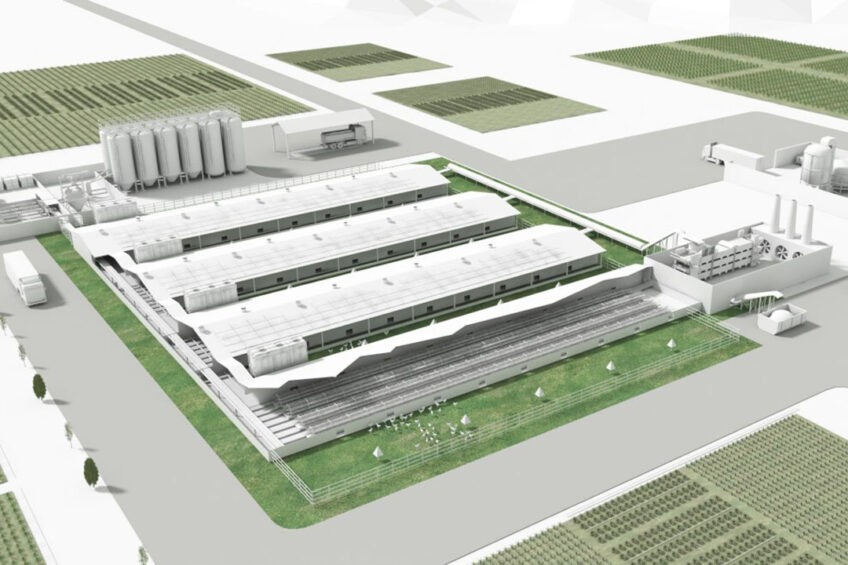
Poultry farmers understand that comfortable, safe and happy chickens are productive chickens. However, the industry is constantly evolving and new developments in ventilation technology can offer significant benefits in terms of improved control, energy efficiency and sustainability.
Chickens are highly sensitive to temperature and require the very best cooling and heating system. That requires that ventilation systems deliver fresh air inside poultry houses while removing excess heat, moisture and undesirable gases.
Controlling ventilation fans with variable speed drives (VSDs), the operation of fan motors can be tailored to provide a precise match with changing day-to-day needs due to both external weather conditions and the changing needs of the birds. In the layer house – where chickens can freely venture inside and outside – provided that local conditions allow, the roof inlet/outlet ventilation system is required simply to draw in fresh air and extract CO2, ammonia, particulate matter and moisture, while equalising the overall pressure within the house.
Garlic to control red mite infestation in poultry houses
Dermanyssus gallinae, also known as poultry red mite, is considered globally as one of the most challenging problems in layer poultry production. Recent research has shown the benefit of adding garlic to feed as an alternative mite control strategy in laying hens. Read more…
Broiler houses require more sophisticated ventilation control to accommodate the varying air needs as up to 500,000 birds mature from 50 g chicks up to 3.5 kg chickens. Usually spread across a number of houses, chicks need very little air and so a small number of fans will be switched on for a few minutes only. This enables a low ventilation level to be achieved.
Roof inlet/outlet system
One of the main ventilation configurations used for poultry houses is the roof inlet/outlet system, with VSDs used to control the fan speed of the inlets and outlets used for standard climate control. With this equal pressure system, VSDs are the preferred choice as they enable the chickens to move freely between the house and the outside. In emergency situations, it should be possible to switch VSDs to an override mode and run fans according to a chosen strategy, ignoring warnings and faults. This allows extended fan runtime in adverse conditions.
Tunnel ventilation system
In countries where humidity and temperature are high – typically above 80% and 35°C, respectively – a tunnel ventilation system is used to provide extra cooling. However, if the temperature rises significantly, the standard ventilation system switches off. Multiple fans mounted on the walls of the house are used to create more air velocity, typically 3 m/s, to increase the cooling effect for the birds.
Driving for energy efficiency
Energy is one of the biggest costs in poultry production with ventilation, feeding machines and lighting the largest consumers. Therefore, efficient heating and ventilation systems can offer substantial savings. Efficient ventilation is also important as part of a virtuous circle that impacts the overall productivity of a poultry farm. This is because birds that are too cold consume more food while birds that are too hot drink more water and gain less weight. Hot and humid conditions are not only dangerous but also result in chickens laying smaller and fewer eggs.

While it is important to use high-efficiency fan motors, they can only yield energy improvements of 5-8%. In contrast, fans controlled by VSDs can result in very significant savings. This is because only a small reduction in the speed of an electric motor results in a proportionally much greater reduction in the energy it uses. It therefore makes sense to ensure that the fan speed is matched as closely as possible to its required duty and efficiency.
Banking on reduced energy bills
It is possible to build on the energy saving effect of reducing the fan speed by creating fan banks that deliver the same level of air movement as a single fan running at full speed, but with potentially enormous energy savings. To illustrate this, consider a typical 1.4 m diameter axial fan of the type often found in poultry houses. Running at full speed (100%), the fan uses 1,500 Watts (W). At half speed (50%), it uses just 170 W. Therefore, if we use 2 of these fans banked together, controlled by a VSD to run at 50%, the volume of air moved is the same as a single fan running flat out. However, the energy consumption is 2 x 170 W = 340 W, which is an energy saving of over 75%.
Poultry World edition 9 of 2021
This article has been published in the 9th edition of Poultry World for 2021, and edition that focuses on sustainability. Inside the pages of this digital magazine you can also read about AgriVision, Russia’s egg industry exploring egg processing, labour challenges in the UK, in-ovo technology, trends in cage-free egg production, and genetic selection in ducks. Read the edition here.
While there is an increased initial cost from purchasing and installing VSDs, the energy savings alone deliver a rapid payback. There is the added bonus that because the fans are operating at a slower speed, they run smoothly, producing less noise and needing less maintenance.
Variable speed drives are starting to play an increasingly important role in poultry house ventilation systems. In addition to saving energy and reducing carbon footprint, they create the ideal conditions for rearing happy chickens and thus ensuring optimum bird welfare and performance.
For further information, click here.
By Brith Isaksson, ABB

 Beheer
Beheer

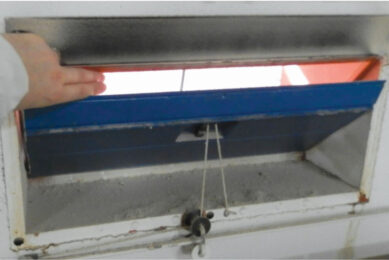
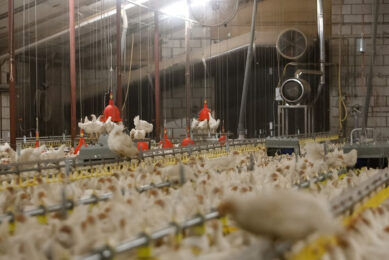
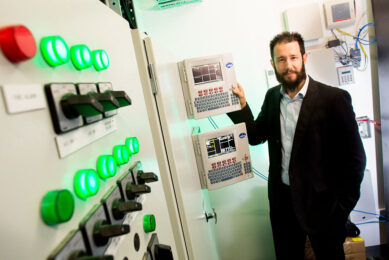
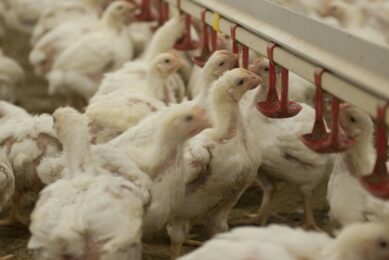



 WP Admin
WP Admin  Bewerk bericht
Bewerk bericht